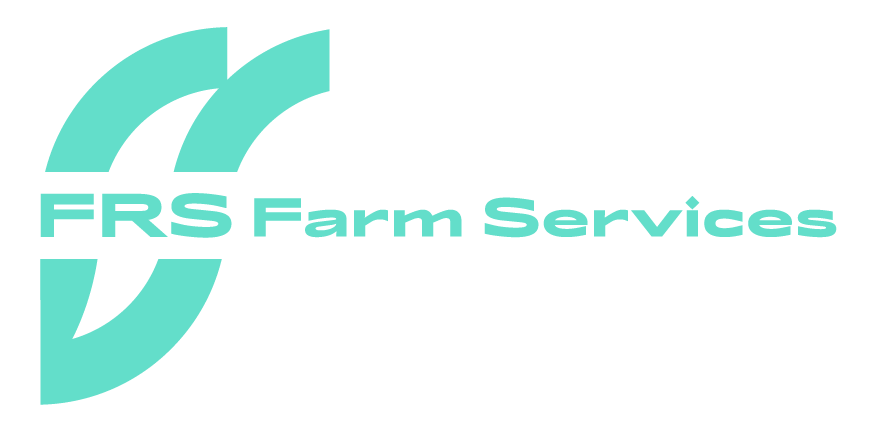In a recent article we addressed having enough feed for the Winter period and how to work this out. We now look at how farmers can best maximise animal performance over the coming months and manage their winter feed.
To maximise feed intake, farmers should look at a number of factors. Having the correct feed intake for animals is essential for animal health and welfare. Ensuring the diet is correct for the animal will minimise stress and reduce the risk of digestive stress. For finishing cattle, it also has an economic factor effect on the farm. Providing the right feed intake will increase growth rates, reduce days to the factory and improve feed conversion efficiency.
Farmers should have an adequate stock of good quality feed. Poor quality feed will reduce consumption which may lead to health problems. Farmer may opt to get their silage/feed tested and from the results may have to include additives to the diet. Minerals, vitamins, and other concentrates may need to be added.
Also, farmers should be consistent and feed the animals at the same time every day. By doing this the farmer will get a good idea of daily consumption levels. Farmers may need to adjust the quantity of food to avoid waste.
Pen space is another a factor. If a pen has too many animals, this means that they will have less feeding opportunities. When they do feed, some animals will over-eat. This may cause digestive issues. The space animals need depend on their age and size. It also depends on the type of housing they will be in. Teagasc can provide a list of space requirements for farmers to follow.
The farmer must also consider feed space. Having enough space for each animal to feed at the same time will reduce stress on the animals, avoid overeating as mentioned above and animals will be less likely to bully. The space needed once again depends on housing facilities, age, and size of the animals.
Now is also an opportune time for farmers to check water supply to sheds. Animals should always have a constant supply of clean fresh water. A minimum of one trough per 10 animals is required. Large animals will require over 40litres of water per day. Farmers should check their capacity and make any necessary repairs before animals are housed. Be aware that leaking troughs will cause dampness to housing facilities and may increase the risk of illness.
When it comes to housing, farmers should also take this opportunity to check that facilities are ready. Check that sheds have good ventilation but avoid draughts at animal level. Ensure troughs and feed barriers are at the correct height for animals being housed, if a farmer sees rub marks on the back of their neck is an indicator that it is too low and may be restricting access.
Lastly, farmers should consult their farm health programme. Plan to dose accordingly to ensure that liver and rumen fluke, worms, and lice etc do not affect performance. Should a farmer suspect that an animal may have lameness, treat immediately.
Now is the time to prepare farms for Winter housing. If you require help over the coming weeks or months, contact your local FRS Office. FRS have a range of skilled operators available. Visit www.frsfarmrelief.ie for more information.
